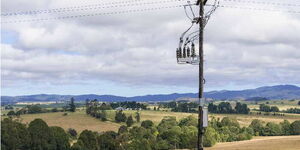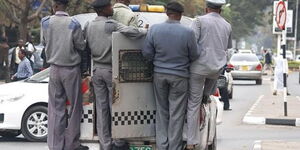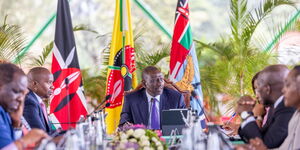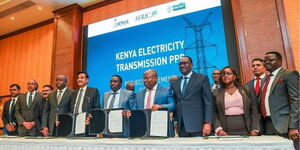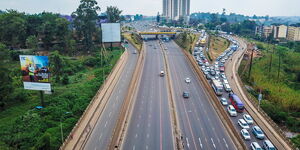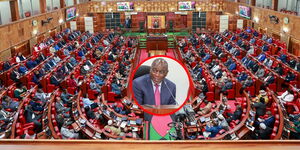Entrepreneurs are set to reap billions as Rural Electrification and Renewable Energy Corporation (REREC), in association with the Nairobi Metropolitan Services (NMS) and Kenya Power looks to transform the electricity sector.
A report by Business Daily on Monday, February 8, indicated that the three organisations are looking to acquire 15,000 bamboo poles which are long-lasting compared to wooden and concrete poles currently used for cabling power lines.
The three firms agreed to use bamboo poles which have a life span of 75 years compared to concrete which has between 15 and 30 years while wooden poles have less than 10 years.
Bamboo is expected to come in handy in swampy areas that are infested by termites that reduce the lifespan of wooden poles to just five years.
“Supply of 10 metres composite poles — open to local manufacturers only. Within seven months after contract signing.
As a result of its durability, lightweight and long life-cycle, EcoPole is the most cost-efficient choice for distribution of electricity," stated REREC.
The composite poles which are made from bamboo and polyurethane foam are also cheaper in the long run because their cap has been set at Ksh50,000 while those of wooden stands at Ksh12,000 and concrete is Ksh25,000. Bamboo is cheaper in the long run due to its long life nature.
“It is strong and flexible against strong winds and the low weight makes it easy and less costly to transport and install.
“The poles also play a major role in reducing deforestation," continued the agency.
According to recent data, Kenya Power requires 450,000 poles annually costing Ksh5 billion.
Electrification is part of President Uhuru Kenyatta's Big 4 Agenda and it is estimated that 80 per cent of households in Kenya are now connected to electricity as compared to 32 per cent in 2014.


